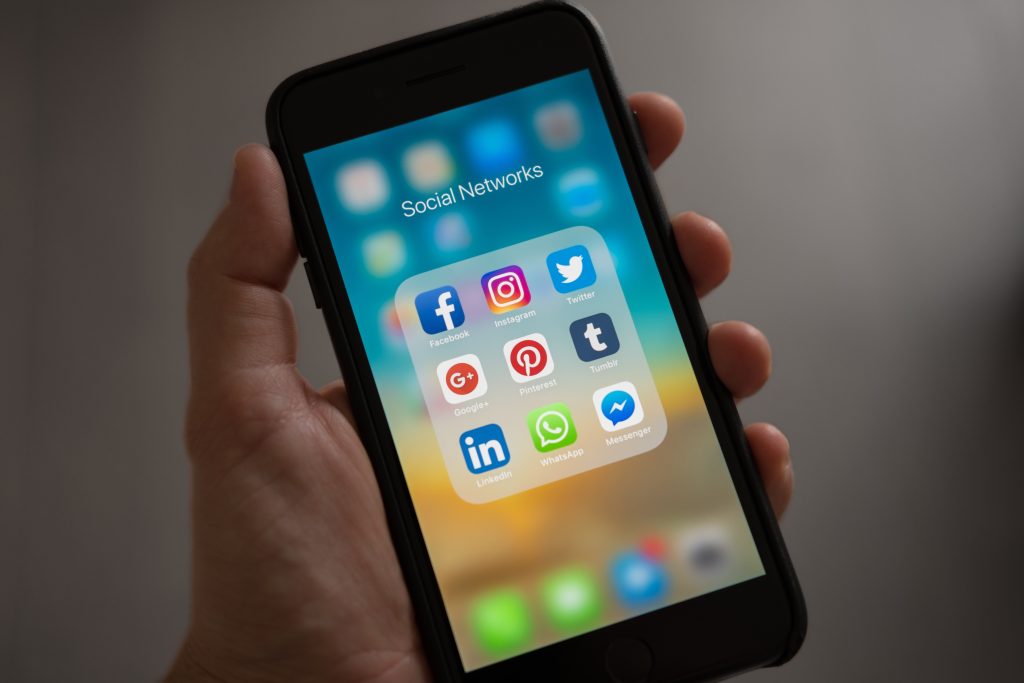
What does research say about student use of technology in the classroom and how this affects learning?
You are not alone in your quest for research behind implementing tech policies in your courses. The articles below represent an informed starting point as you contemplate the formulation of a tech policy that best addresses the learning environment you wish to create in your classroom.
Canvas Instructure Community
“[Digital Distractions] Sample Policies; Instructors Sharing, and Guidelines“
Sample Policies on the Use of Laptops and Other Digital Devices in the Classroom, Instructors Debating Pro-Ban and Anti-Ban, and Guidelines on the Use of Devices in Class
Center for 21st Century Universities, Georgia Tech
“The Case for Laptops in the Classroom”
“Banning laptops in classrooms is a mistake, despite the intuitively compelling and research-supported reasons for doing so. These reasons highlight the ways that laptop misuse hurts learning, suggesting that instructors must ban laptops if they care about student learning. Banning laptops treats the symptom (the misuse of laptops) and not the problem (ineffective learning techniques)….We must allow students to use their laptops in the classroom and train them how to do so effectively.”
Economics of Education Review
“This paper evaluates the effect of classroom computer use on academic performance. Using a quasi-experimental design and administrative data, we find that computer use in college classrooms has a negative impact on course grades.”
Inside Higher Ed
“3 Principles for Student Devices in the Classroom,” by Joshua Kim, January 27, 2016.
“”Students waste about one-fifth of class time on laptops, smartphones and tablets, even though they admit such behavior can harm their grades….” I’d like to suggest 3 principles that can help us think about classroom technology policies and educator choices. By starting with principles, my hope is that our community can find progressive and flexible responses to the challenge of technology distraction during class time.”
“Digital Distraction,” by Carl Straumsheim, January 26, 2016
“Students waste about one-fifth of class time on laptops, smartphones and tablets, even though they admit such behavior can harm their grades, a new report found. The average student uses those devices for “non-class purposes” — in other words, texting, emailing and using social media — 11.43 times in class during a typical day. Since the survey was first conducted in 2013, the number of times students check their devices has increased from 10.93, according to the results.”
Psychological Science
“Taking notes on laptops rather than in longhand is increasingly common. Many researchers have suggested that laptop note taking is less effective than longhand note taking for learning. Prior studies have primarily focused on students’ capacity for multitasking and distraction when using laptops. The present research suggests that even when laptops are used solely to take notes, they may still be impairing learning because their use results in shallower processing.”
ScienceDirect
“Laptop Multitasking Hinders Classroom Learning for Both Users and Nearby Peers,” by Faria Sana, Tina Weston, and Nicholas J. Cepeda, March 2013
“We examined the detrimental effects of laptop multitasking on classroom learning. Learners who multitasked during class had reduced comprehension of lecture material. Learners in-view of multitaskers also had reduced comprehension of lecture material. Multitasking or being seated around multitaskers impedes classroom learning.”
Slate: Science
“For a quarter of an hour, the investigators…marked down once a minute what the students were doing as they studied. A checklist on the form included: reading a book, writing on paper, typing on the computer—and also using email, looking at Facebook, engaging in instant messaging, texting, talking on the phone, watching television, listening to music, surfing the Web. Sitting unobtrusively at the back of the room, the observers counted the number of windows open on the students’ screens and noted whether the students were wearing earbuds.”